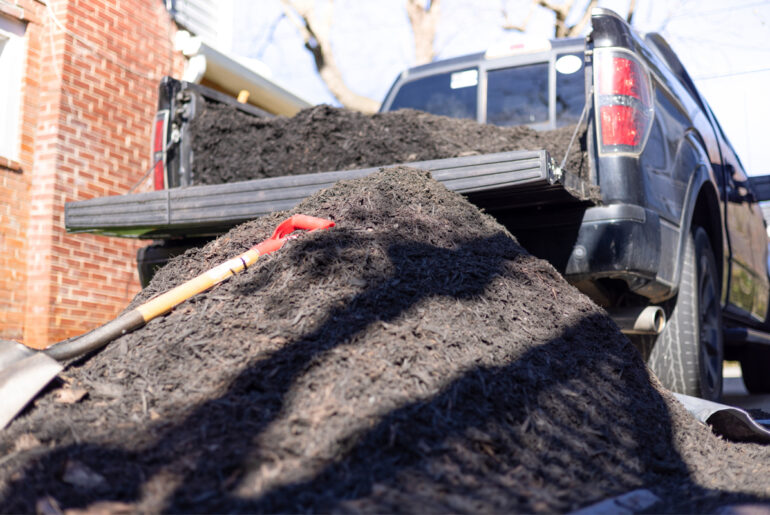Few industries have changed more in the past few years than the world of transportation and logistics. Amazon and the growing popularity of eCommerce have transformed the industry, changing how retailers and couriers alike must operate in order to keep customers satisfied. While logistics professionals have discussed these types of industry changes for several years now, 2019 will likely be the year that we see examples of these changes in action.
Amazon will Challenge the Traditional Courier Model
In recent years Amazon has been slowly moving from from a business-to-consumer (B2C) company that uses technology to serve its customers, to a full-fledged courier. This shift was most apparent in 2017 when the company acquired Whole Foods. Major couriers are on the offensive, but their well-established traditional business model may make it hard to compete.
Traditionally, their competitive advantage was based on the density of their routes. However, the eCommerce boom diminishes this advantage as route density also becomes available to Amazon and B2C retailers. Additionally, the traditional business model was built on costly assets like distribution centers. As advanced analytics and connectivity come into play the cost of warehouse operations will be reduced, requiring an overhaul of the existing models.
Simply put, Amazon is a company born from technology that can now move toward well-established courier models. It’s far more difficult for existing couriers to do the reverse by implementing technology through plug-and-play solutions.
With the model of traditional giants in danger, everything is likely to shift. Smaller players can become competitive with technology, especially in the B2C space – which will see continued growth thanks to the eCommerce boom. In this sense, Amazon seems to be a few steps ahead of the traditional couriers, with the resources needed to execute new technology. Experiments with driverless trucks may become a reality sooner rather than later and this technological advancement will commoditize the traditional value chain of physical handling, transport, and delivery.
Managing Customer Expectations with Technology
In 2019, consistent eCommerce growth will keep driving the home delivery revolution. As customer expectations shift how can retailers and couriers alike keep up? In order to be successful, companies will need to be able to make use of delivery management software, while leveraging data to build personalized service that consumers expect. For example, if a consumer is a frequent recipient of deliveries the company should be able to use data from previous deliveries to know when the customer prefers their items, when they aren’t home, etc.
This is a shift in mindset for companies to become less logistics-centric and more customer-centric. Technology is driving such changes, which is nothing new, but now more than ever it is becoming a reality. There’s been a lot of talk about drones and other uses of artificial intelligence (AI) in logistics. However, overall structural changes are far more important. Before AI can change the industry we need to focus on the structure – the impact of these structural changes will be felt long before the AI technology hits the mainstream.
Moving Toward Mixed-Demand
Though still far off, the last mile will one day be revolutionized by drones and driverless deliveries. In the meantime, drivers are still central to success and even more important than they were in the past. Consumers will no longer accept packages being tossed into a flower bed – expectations have evolved and as such, drivers play a much more important role.
On-demand delivery models struggle to guarantee work continuity. Drivers need to be trained to provide branded service, making high turnover costly and inefficient. Purely on-demand models will be challenged more and more because of this focus on service. There will be a portion of on-demand deliveries that show up the day of, so it’s still vital that your system allows for that. The solution is Mixed-Demand, a delivery strategy enabled by routing and scheduling techs that incorporates planned orders with last-minute additions. This allows for flexibility in allowing on-demand services without sacrificing planned deliveries and optimized routes.
Where do you think the world of logistics is headed in 2019? Let us know on Twitter!




